AMD has let the curtain fall on their new 14nm Polaris GPU architecture, and it sounds mighty interesting. I am especially interested in the lower power draw they claim.
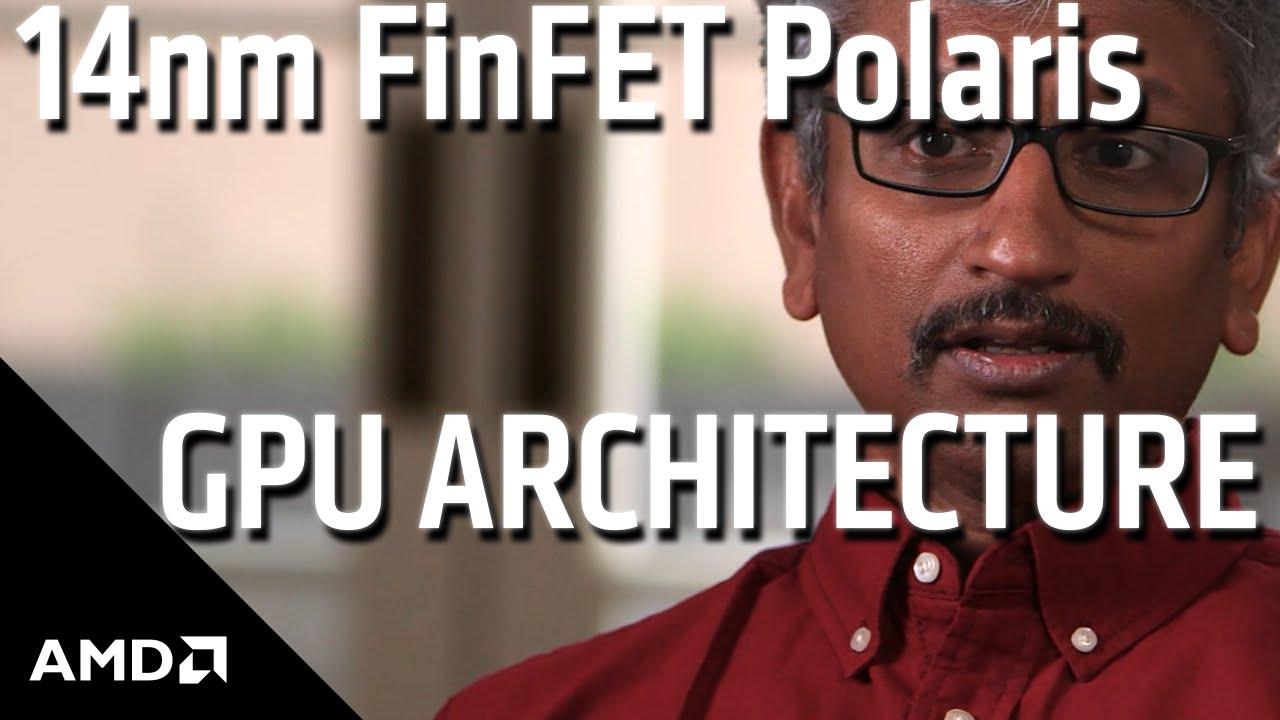
This should push Nvidia to get ready to release fresh details of their new line-up too.
Hopefully with the new AMD driver it won't take long for the new cards to be supported. I hope at the very least Catalyst has reasonable support for them at release. It would be good for everyone to have a strong AMD card, coupled with working drivers on Linux.
It will ship mid-2016, so it's going to be an exciting year.
From the PR:
The Polaris architecture features:
> AMD's 4th generation Graphics Core Next (GCN) architecture
> Support for HDMI® 2.0a and DisplayPort 1.3
> 4K h.265 encoding and decoding.
See their official news here.

YouTube videos require cookies, you must accept their cookies to view. View cookie preferences.
Direct Link
Direct Link
This should push Nvidia to get ready to release fresh details of their new line-up too.
Hopefully with the new AMD driver it won't take long for the new cards to be supported. I hope at the very least Catalyst has reasonable support for them at release. It would be good for everyone to have a strong AMD card, coupled with working drivers on Linux.
It will ship mid-2016, so it's going to be an exciting year.
From the PR:
Lisa Su, president and CEO, AMDOur new Polaris architecture showcases significant advances in performance, power efficiency and features, 2016 will be a very exciting year for RadeonT fans driven by our Polaris architecture, Radeon Software Crimson Edition and a host of other innovations in the pipeline from our Radeon Technologies Group.
The Polaris architecture features:
> AMD's 4th generation Graphics Core Next (GCN) architecture
> Support for HDMI® 2.0a and DisplayPort 1.3
> 4K h.265 encoding and decoding.
See their official news here.
Some you may have missed, popular articles from the last month:
All posts need to follow our rules. For users logged in: please hit the Report Flag icon on any post that breaks the rules or contains illegal / harmful content. Guest readers can email us for any issues.
OK, cool... but will it run OpenGL/Vulkan on OSS drivers with equivalent performance? :P
Last edited by minj on 4 Jan 2016 at 5:51 pm UTC
Last edited by minj on 4 Jan 2016 at 5:51 pm UTC
0 Likes
It will ship mid-2016
Linux ready in 2020 then
4 Likes
Still no ability to use Freesync on Linux, or record using VCE (or a multitude of other functionality really). Performance is the least of our woes. The slides once again showcase a lot of new hardware changes and purported functionality, which will only be usable on Linux if AMD allows the Linux driver that functionality. Otherwise it's no different than buying an older card.
Future buyers of AMD cards for Linux, please study before hand what is confirmed usable out of the specific card you want to buy and what is not on Linux at the time of buying. Do not blame Linux if it does not work, it is not Linux's fault.
Future buyers of AMD cards for Linux, please study before hand what is confirmed usable out of the specific card you want to buy and what is not on Linux at the time of buying. Do not blame Linux if it does not work, it is not Linux's fault.
3 Likes
OK, cool... but will it run OpenGL/Vulkan on OSS drivers with equivalent performance? :P
Considering the only real competitor doesn't even have open source drivers for the desktop... ya, I'll go with AMD again. I'm really excited for this :)
1 Likes
Still no ability to use Freesync on Linux, or record using VCE (or a multitude of other functionality really). Performance is the least of our woes. The slides once again showcase a lot of new hardware changes and purported functionality, which will only be usable on Linux if AMD allows the Linux driver that functionality. Otherwise it's no different than buying an older card.
Future buyers of AMD cards for Linux, please study before hand what is confirmed usable out of the specific card you want to buy and what is not on Linux at the time of buying. Do not blame Linux if it does not work, it is not Linux's fault.
I wouldn't blame Linux. If there are really a few games I couldn't play although I should be able to, I'll boot up Windows and be fine with it :)
0 Likes
Another problem is the "comparable competition card" (nvidia) is only GF950, as shown on the video.
Will AMD be able to compete with 980TI? or the next nvidia cards for the next year?
Will AMD be able to compete with 980TI? or the next nvidia cards for the next year?
0 Likes
Another problem is the "comparable competition card" (nvidia) is only GF950, as shown on the video.Well you don't know at which point in the spectrum AMD's engineering sample lands, nor what they mean with comparable: Comparable performance or comparable price point? I'm personally not too fussed about the price point of the 980TI (nor, tbh, about comparisons between current-gen of one manufacturer and next-gen of the other).
Will AMD be able to compete with 980TI? or the next nvidia cards for the next year?
Although I wouldn't be surprised if AMD targeted bang-for-buck and performance-per-watt over absolute performance of their flagship - flagships tend to cost money, but pull along sales of lower-ranked units. AMD has targeted lower price-points with their CPU's and APU's for a while now.
One more thing, with all this talk about lacking Linux support: I mainly miss proper switchable graphics/crossfire support. My iGPU is currently collecting dust. If Polaris and Zen can properly work together (under open source drivers) I may upgrade this cycle, otherwise I'll probably hold off.
Last edited by lvlark on 4 Jan 2016 at 10:19 pm UTC
0 Likes
Sure I like that I can use Open Source Drivers. What I don't like is how much juice I get out of AMD.
Who cares if its 16GB and 3Ghz if I only get 30% juice out of the card on Linux.
I never thought I would spend 800$ on 2 GTX 970s but I did, I would have rather owned AMD but that requires equal or superior specs to nVidia on Linux as its my only platform.
So AMD - Fix It. I don't care how, just do it and take my next 800-1200$ please!!!!
Who cares if its 16GB and 3Ghz if I only get 30% juice out of the card on Linux.
I never thought I would spend 800$ on 2 GTX 970s but I did, I would have rather owned AMD but that requires equal or superior specs to nVidia on Linux as its my only platform.
So AMD - Fix It. I don't care how, just do it and take my next 800-1200$ please!!!!
1 Likes
This is going to be an interesting year for AMD, I swear it. Either hit or miss, but with 14nm Zen CPUs, GCN4 GPUs, and Vulkan, they have an explosive trio full of potential.
I expect their drivers to be a lot more efficient with vulkan, provided we get games that use the API at all. I also look forward to good open-source Vulkan drivers, which should be a thing quite shortly after the specs release. If so, one of the last advantages of closed-source drivers will be per-game shaders optimizations. And even then, I expect the new SPIR-V representation to be able to lead to even more optimized shaders.
I expect their drivers to be a lot more efficient with vulkan, provided we get games that use the API at all. I also look forward to good open-source Vulkan drivers, which should be a thing quite shortly after the specs release. If so, one of the last advantages of closed-source drivers will be per-game shaders optimizations. And even then, I expect the new SPIR-V representation to be able to lead to even more optimized shaders.
0 Likes
After the Bulldozer (or vishera) fiasco, I don't trust in AMD anymore... and is sad for me, because until a year ago I used to love AMD.
0 Likes
I sure hope this results in something worth buying. I would LOVE to switch to AMD and open-source drivers. But performance* is a thing that matters to me. Closed drivers with NVIDIA GPUs has been my path since switching to Linux exclusively (on August 18th, 2002) for that reason. It is high time for a change. I will try and hold off on my upgrading until it's possible to make that change.
* - to clarify, I mean, performance per dollar, and to a smaller degree, per Watt. Performance on Linux versus Windows is already behind with NVIDIA, but AMD is outrageously behind any of that. Not to mention the finicky software stack reminiscent of a late-stage Jenga tower that AMD requires to get their drivers to actually work.
Last edited by adolson on 5 Jan 2016 at 4:57 am UTC
* - to clarify, I mean, performance per dollar, and to a smaller degree, per Watt. Performance on Linux versus Windows is already behind with NVIDIA, but AMD is outrageously behind any of that. Not to mention the finicky software stack reminiscent of a late-stage Jenga tower that AMD requires to get their drivers to actually work.
Last edited by adolson on 5 Jan 2016 at 4:57 am UTC
1 Likes
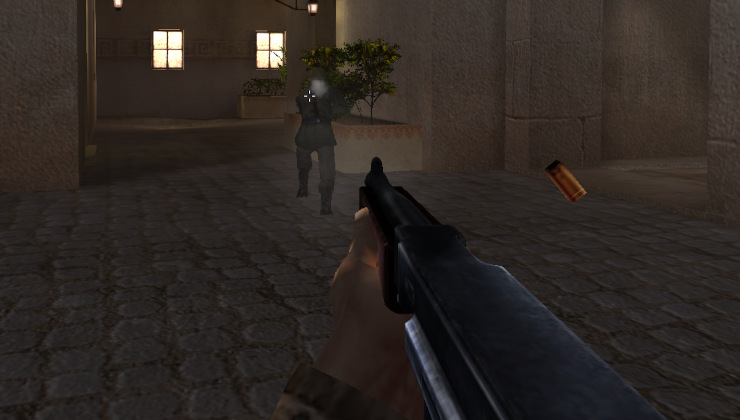
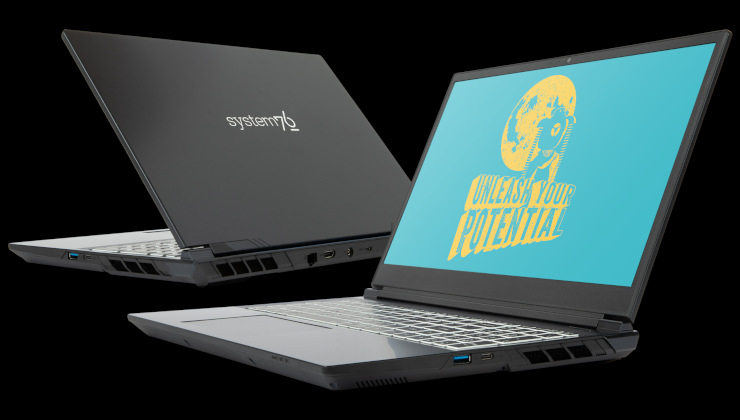

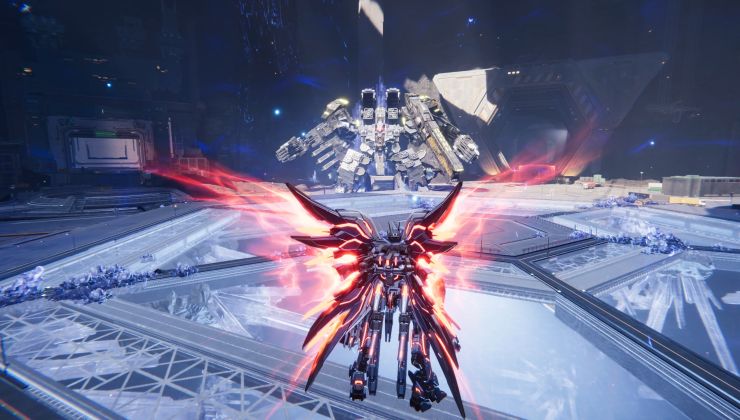





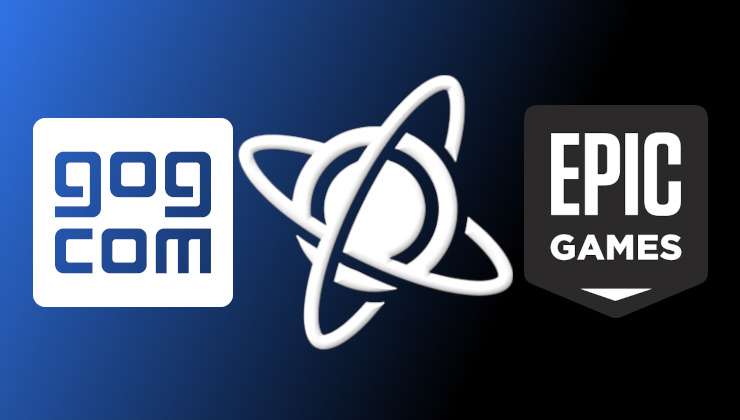 How to play games from GOG and Epic Games on Linux, SteamOS and Steam Deck
How to play games from GOG and Epic Games on Linux, SteamOS and Steam Deck